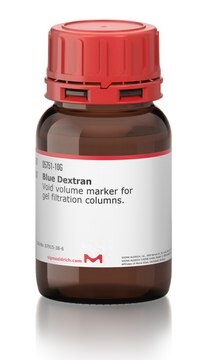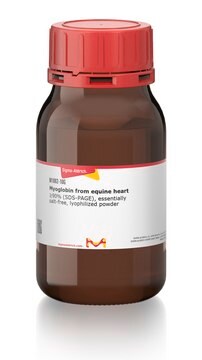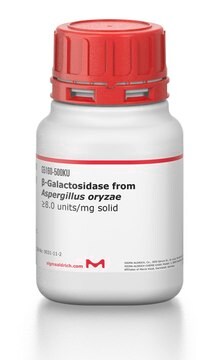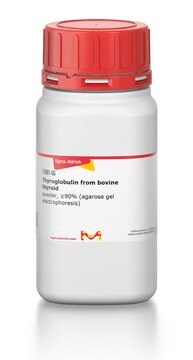D4772
Blue Dextran
BioReagent
Synonym(s):
Dextran blue from Leuconostoc mesenteroides
About This Item
Recommended Products
product line
BioReagent
Quality Level
form
powder
mol wt
~2,000,000
packaging
vial of 50 mg
storage temp.
−20°C
Looking for similar products? Visit Product Comparison Guide
General description
Application
Biochem/physiol Actions
Storage Class Code
11 - Combustible Solids
WGK
WGK 3
Flash Point(F)
Not applicable
Flash Point(C)
Not applicable
Personal Protective Equipment
Choose from one of the most recent versions:
Certificates of Analysis (COA)
It looks like we've run into a problem, but you can still download Certificates of Analysis from our Documents section.
If you need assistance, please contact Customer Support.
Already Own This Product?
Find documentation for the products that you have recently purchased in the Document Library.
Customers Also Viewed
Protocols
Gel Filtration Markers Kit for Protein Molecular Weights 12,000-200,000 Da
Our team of scientists has experience in all areas of research including Life Science, Material Science, Chemical Synthesis, Chromatography, Analytical and many others.
Contact Technical Service






